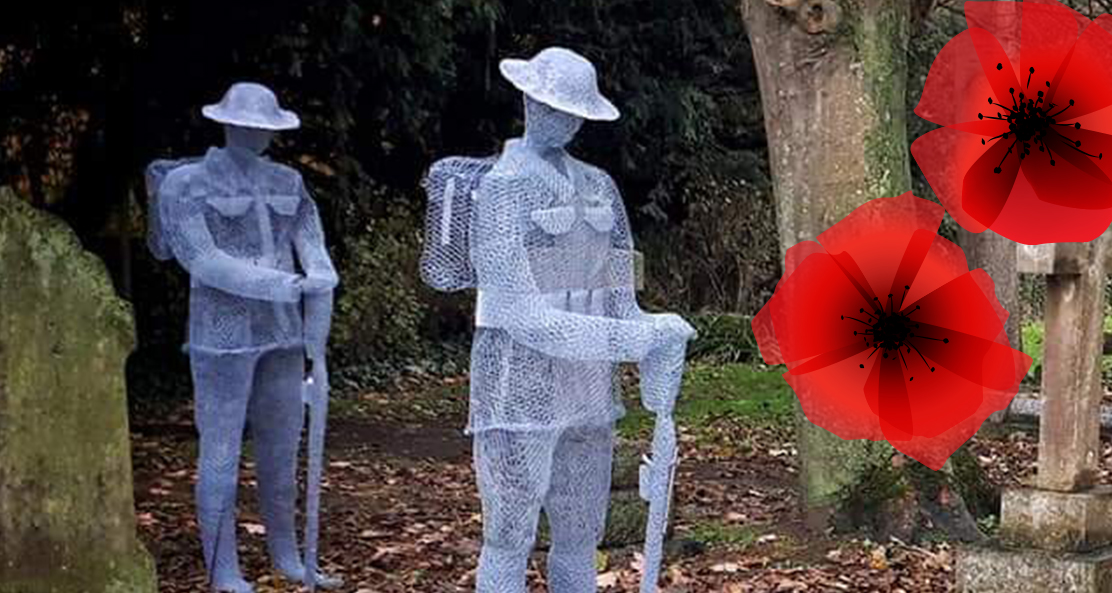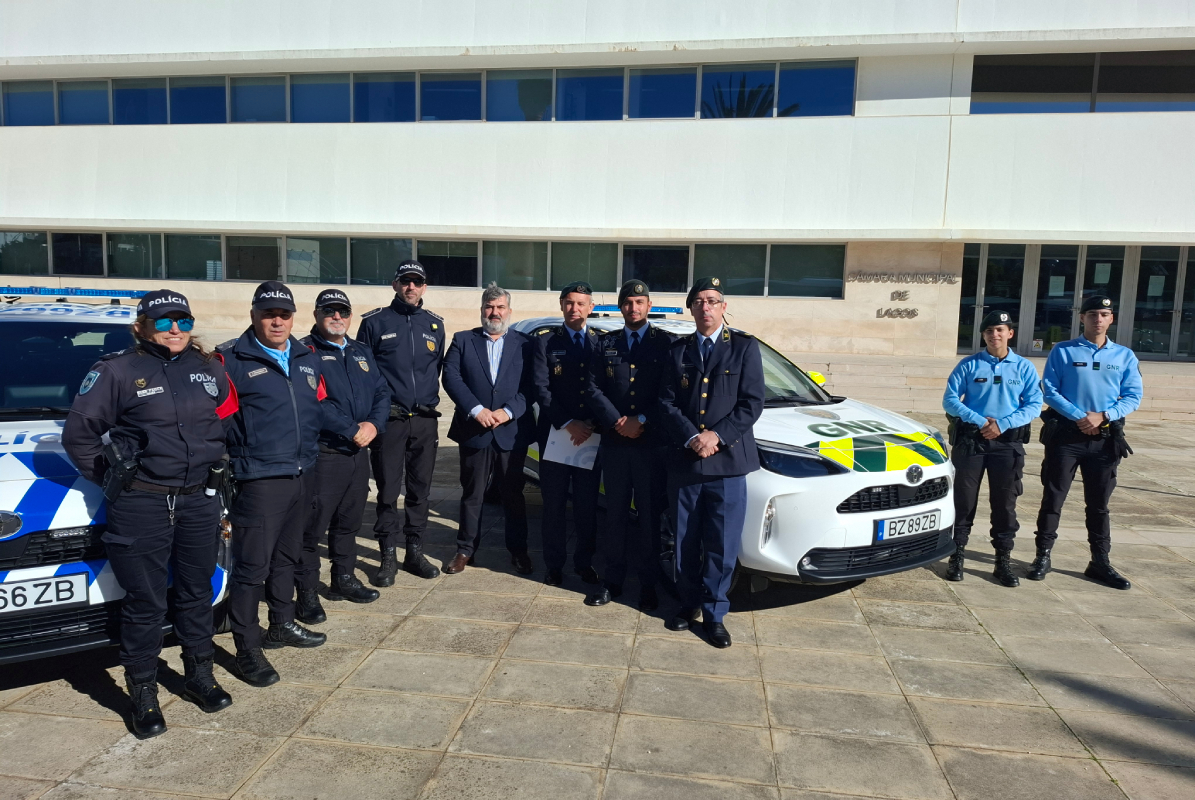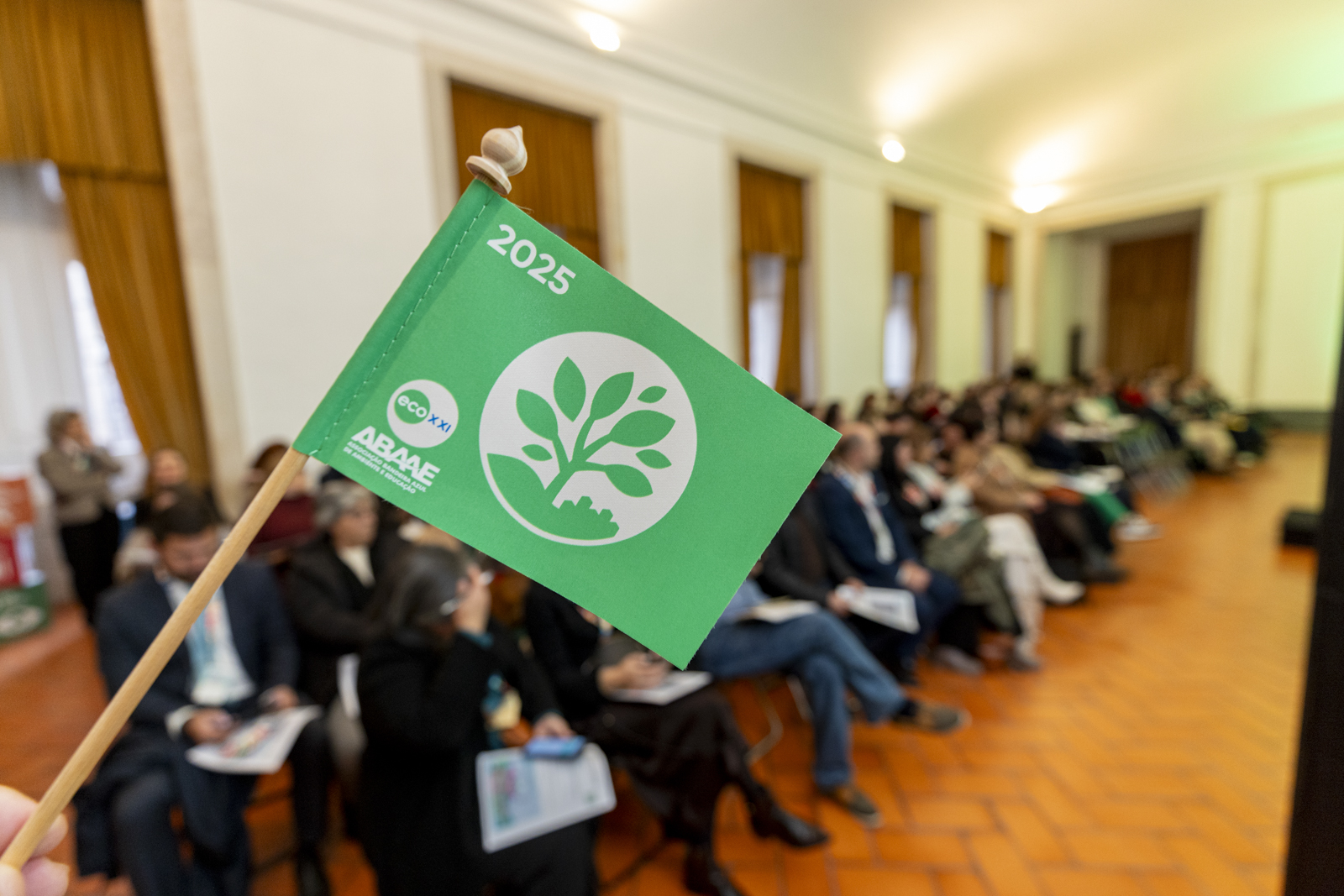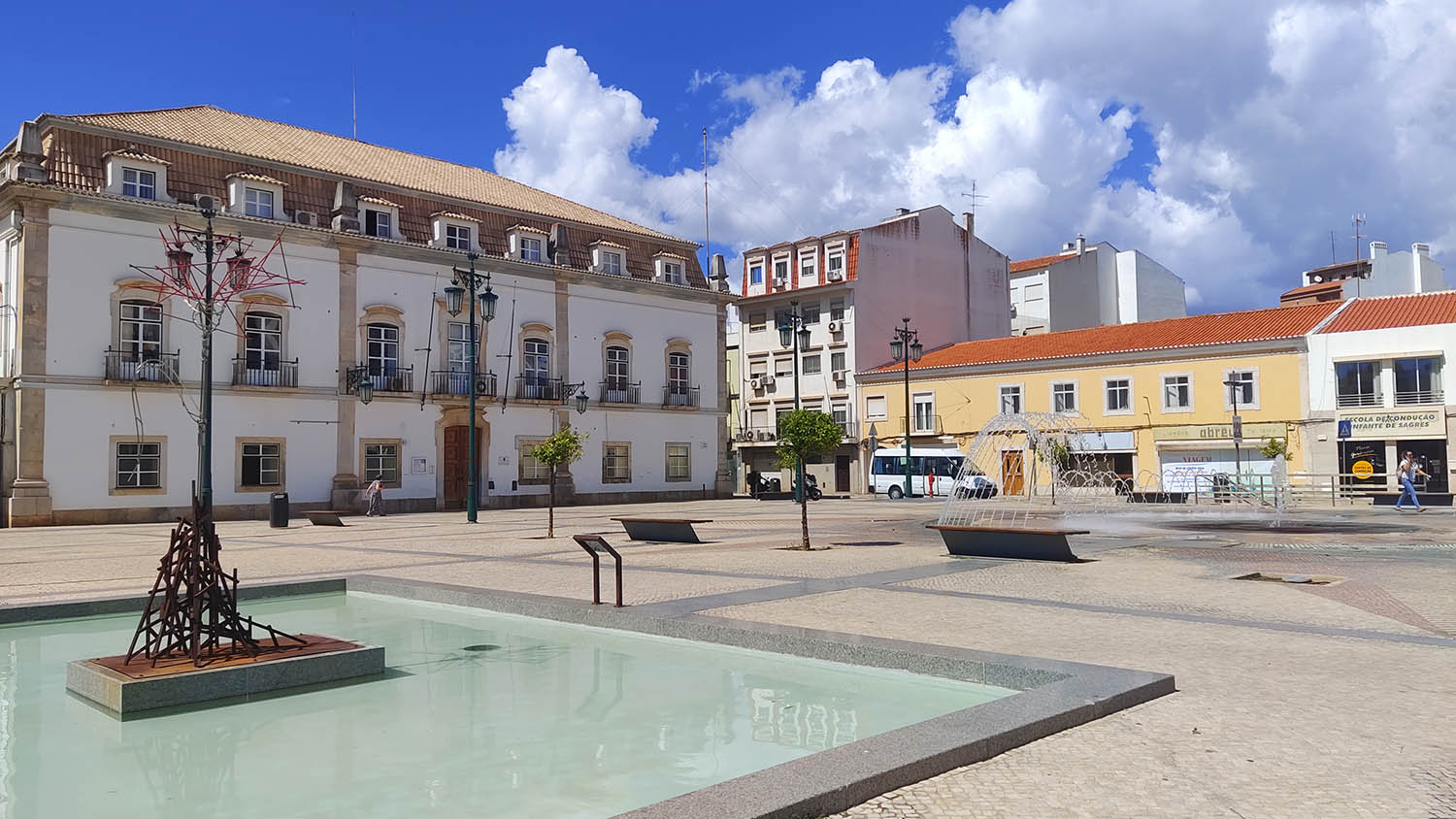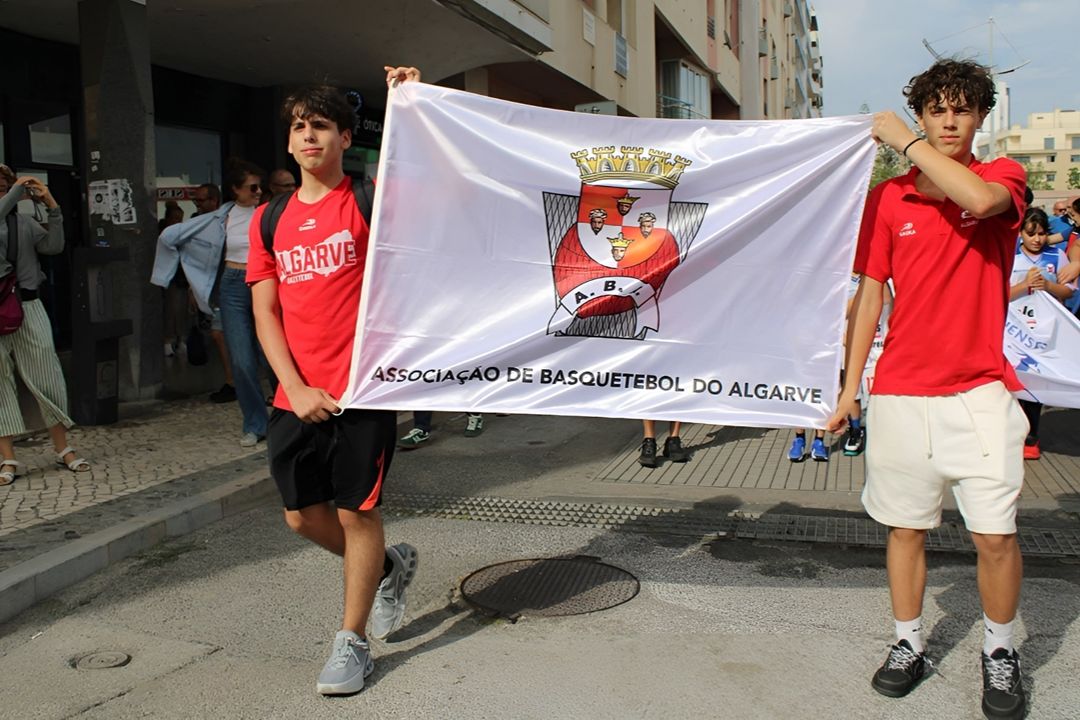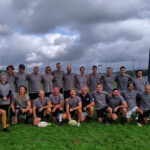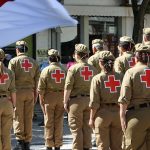The Poppy Story
Recently we have remembered important dates in our history, such as the 80th anniversaries of the Battle of Britain and the Dunkirk evacuations, as well as, last year, the 75th anniversary of the Normandy landings.
All of these were marked by celebrations, or (once the pandemic arrived) just moments of reflection by the Royal British Legion, both here with our branch in Portugal and across the world.
We marvelled at heroes like Sir Colonel Tom Moore, who made us so proud of our military traditions. Our hearts swelled with pride at the Spitfire fly-pasts as the nation again expressed its gratitude to the great debt we owe our military forces on the land, at sea and in the air.
Next year marks another important and extremely significant milestone for the Royal British Legion, the charity providing financial, social and emotional support to members and veterans of the British Armed Forces, their families and dependants.
The British Legion story began on May 15 1921, and with it, the story of the Poppy, the Legion’s symbol of remembrance. It all started in Maidstone, Kent, on the banks of the River Medway. During the Great War, columns of young soldiers were cheered as they left Kent ports, only for many to return on ambulance trains, their bodies and minds shattered. So very many others failed to return at all.
In the years that followed, Britons were determined not to forget those who had died and the public was seized by a sense of responsibility for those who had survived. Maidstone and the surrounding towns enjoy a proud military heritage. On the outskirts of Maidstone, close to the village of Aylesbury, is the Royal British Legion Village, built after the First World War to house injured soldiers. It is also home to the factory producing the British Legion’s internationally-recognised symbol of remembrance – the poppy.
Former Government minister Michael Portillo visited the village for the BBC, and spoke with assistant director Robert Lee, who told him: “Veterans returning from the First World War faced monumental challenges, and came together to form the British Legion on May 15th 1921 under the leadership of Earl Haig.”
The British Empire had some 2.1m wounded and injured return after the war, and, naturally, Britain bore the brunt of that with 1.8m wounded coming back to the country, a great many of these with a permanent life-changing disability.
Robert Lee went on to explain how the poppy came to be a symbol. “Miraculously it was from the very beginning that the poppy was adopted. This most British of symbols was a Canadian-American-French co-production. The poppy was adopted after an American academic Moina Michael gave away poppies to her friends as a way of raising funds for returning servicemen. She was inspired by the mention of poppies in the first line of In Flanders Fields, the war poem written by Canadian field surgeon Dr Robert McCrae.
In the very first year, 1921, they were assembled in France by a woman named Madame Guerin and the many orphanages that she ran for widows and orphans put them together by hand as a gesture of thanks and goodwill to the returning veterans of the United Kingdom. Initially, they were made of silk, and fixed by red threads to the collar.
This process, though, was extremely laborious and limited the number of poppies that could be produced, So, as soon as we could, the British Legion built a poppy factory to industrialise the manufacture of the poppies. The poppy, right from the start, was an instant, enormous success.”
In its very first year, 3 million of the silk poppies were manufactured by hand and were completely sold out. The following year production was trebled to 9 million. They also sold out! Today the RBL produces 40 million paper poppies and around 130,000 poppy wreaths every year. The factory produces 100,000 poppies using 6km of paper every day, in a year-round operation.
So, 100 years old next year, the poppy remains a potent symbol of the need to continue to remember, reflect and pay tribute to the fallen of every conflict involving British forces and their allies.


